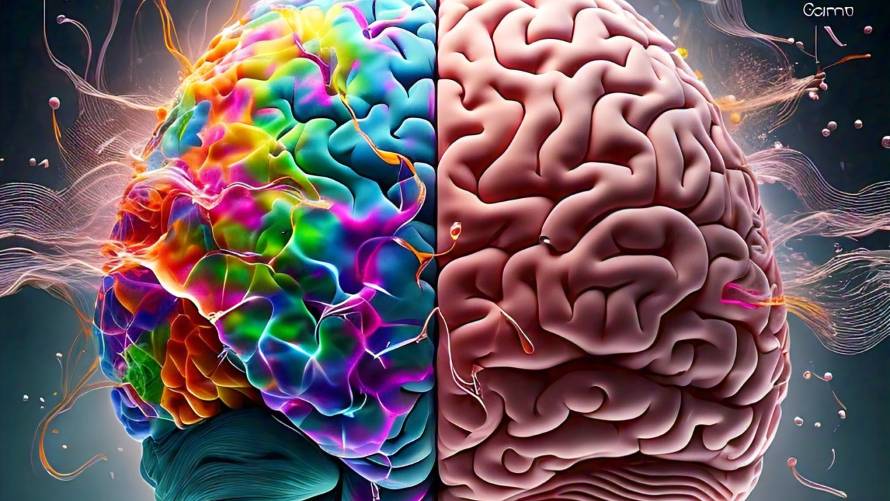A team of neuroscientists argues in a new review article that studying beta rhythms, particularly between 14-30 Hz, is crucial for understanding how the brain controls cognitive processes or loses control in some disorders. The scientists draw on experimental data, mathematical modeling, and theory to make the case that bursts of beta rhythms control cognition by regulating where and when higher gamma frequency waves can coordinate neurons to incorporate new information from the senses or formulate plans of action.
Beta Bursts Establish Flexible Patterns for Intentional Thought
Co-author Earl K. Miller, Picower Professor at MIT, explains, “Cognition depends on organizing goal-directed thought, so if you want to understand cognition, you have to understand that organization. Beta is the range of frequencies that can control neurons at the right spatial scale to produce organized thought.” The authors suggest that studying beta bursts could not only help explain cognition but also aid in diagnosing and treating cognitive disorders.
Experimental studies covering several species, brain regions, and cognitive tasks have revealed that beta rhythms occur in quick but powerful bursts, inhibit the power of higher frequency gamma rhythms, and travel within specific locations of the cortex despite originating in deeper brain regions. These properties are consistent with precise and flexible regulation of gamma rhythm activity that carries signals of sensory information and motor plans.
Beta Bursts Implement Cognitive Control Spatially in the Brain
The authors hypothesize that beta bursts implement cognitive control spatially in the brain, constraining patches of the cortex to represent general task rules while individual neurons within those patches represent specific information. This organizing principle allows the brain to rapidly apply task rules to many neurons at a time without having to re-establish the overall structure of the task if individual details change.
While the variety of beta rhythm bursts speaks to their versatility, it also requires neuroscientists to study and understand the different forms and their representations to harness more information from these neural signals. The authors acknowledge that further research must also resolve how beta bursts emerge in the first place to perform their apparent role in cognitive control.


